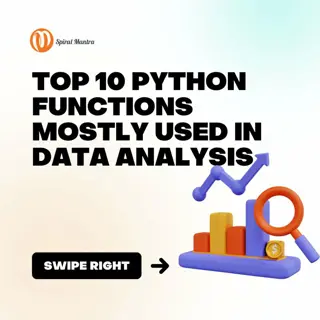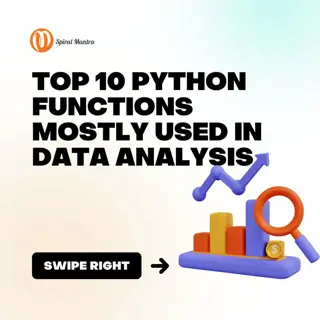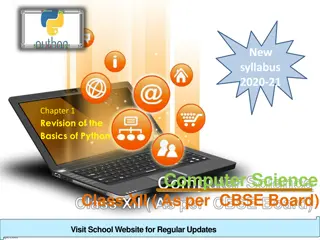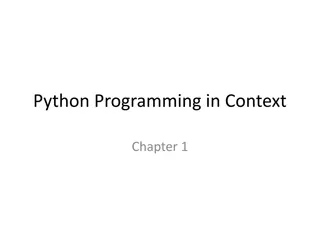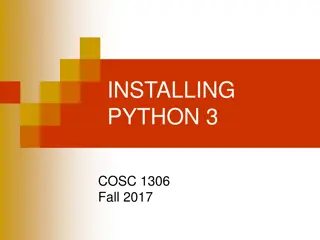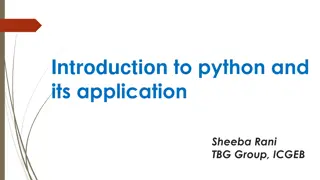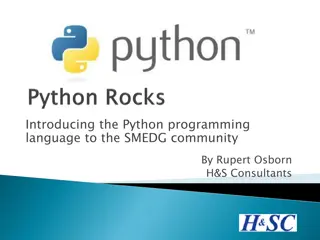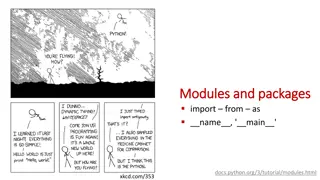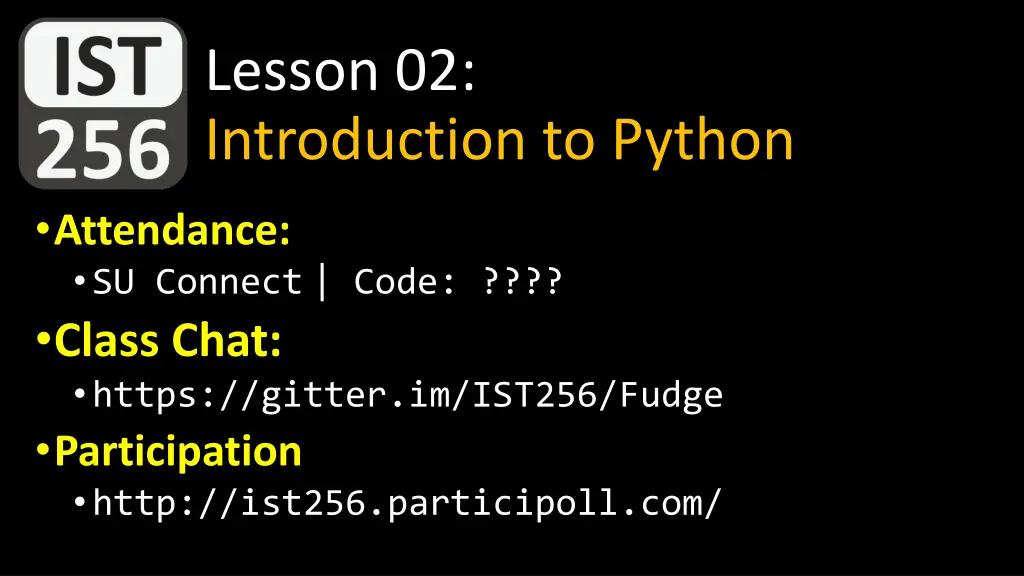
Introduction to Python Programming for Beginners
Explore the basics of Python programming, including output, input, and processing. Learn about the print() function, string literals, and more through interactive activities and demonstrations. Enhance your skills by thinking like a programmer and understanding the fundamentals of algorithmic thinking.
Download Presentation

Please find below an Image/Link to download the presentation.
The content on the website is provided AS IS for your information and personal use only. It may not be sold, licensed, or shared on other websites without obtaining consent from the author. If you encounter any issues during the download, it is possible that the publisher has removed the file from their server.
You are allowed to download the files provided on this website for personal or commercial use, subject to the condition that they are used lawfully. All files are the property of their respective owners.
The content on the website is provided AS IS for your information and personal use only. It may not be sold, licensed, or shared on other websites without obtaining consent from the author.
E N D
Presentation Transcript
Lesson 02: Introduction to Python Attendance: SU Connect | Code: ???? Class Chat: https://gitter.im/IST256/Fudge Participation http://ist256.participoll.com/
Agenda Programming: What, How and Why Thinking Like a Programmer The Python Programming Language DEMO: How we code in this course You ve Read: Zybook Ch1 P4E Ch1 Questions? Ask in Our Course Chat! https://gitter.im/IST256/Fudge
Before We start: Where Is The Code!? Today I Will Write Code In Class. Please DO NOT Try To Type Along With Me! Watch Me Code. You ll Learn More That Way. Trust Us. You Have The Code Already. https://github.com/IST256-classroom/fall2018-learn-python-mafudge
Connect Activity The python command to output information to the is: A. print B. output C. input D. get http://ist256.participoll.com/ 0 A B C D
Recall:Computers & Algorithmic Thinking Most computer problems follow the input Process output model Data: raw unprocessed facts Information: meaningful, useful data Output (Information) Input (Data) Process (Program)
Learning Any Programming Language Output (Information) Input (Data) Process (Program) 1. Learn how to output 2. Learn how to input 3. Learn how to process (transform input to output)
Output The built in function print() is used to display output. It takes one argument in single or double quotes known as a string literal. The string literal is enclosed in single or double quotes. Multiple string literals may be separated by a comma.
Watch Me Code 1 The built in print() function - String literals - Single and double quotes - More than one argument
Activity: printing welcome Which statement prints welcome? A. print(welcome) B. print('welcome') C. print("welcome") D. Print([welcome]) 0 A B C D
Input The built in function input() accepts input from the user. It takes one argument a string literal which prompts (provides instructions to the user). Input is commonly assigned to a variable so that the input can be used later on.
Watch Me Code 2 The built in input() function - Using a prompt - Storing into a variable - Printing the variable
Activity: printing welcome For the following code, which is the prompt? x = input('y ) A. input B. 'y C. = D. x 0 A B C D
Variables Variables are named areas of computer memory for storing data. The name can be anything but should make symbolic sense to the programmer. We writeto the variable s memory location with the assignment statement (=) We read from the variable by calling its name. Variable names must begin with a letter or _ and must only contain letters, numbers or _.
Watch Me Code 3 The built in inputs and outputs together - Inputs and outputs into a program - Prompts that change based on input, end=
End-To-End Example Mad-Libs!: Write a program to prompt to create a mad-libs type story generator in Python.
Conclusion Activity "One Important Thing" Name one important thing you learned in class today! Share it on Gitter.im chat now!

